Ratings Boost – Why S&P Upgraded India’s Sovereign Rating & Its Economic Impact
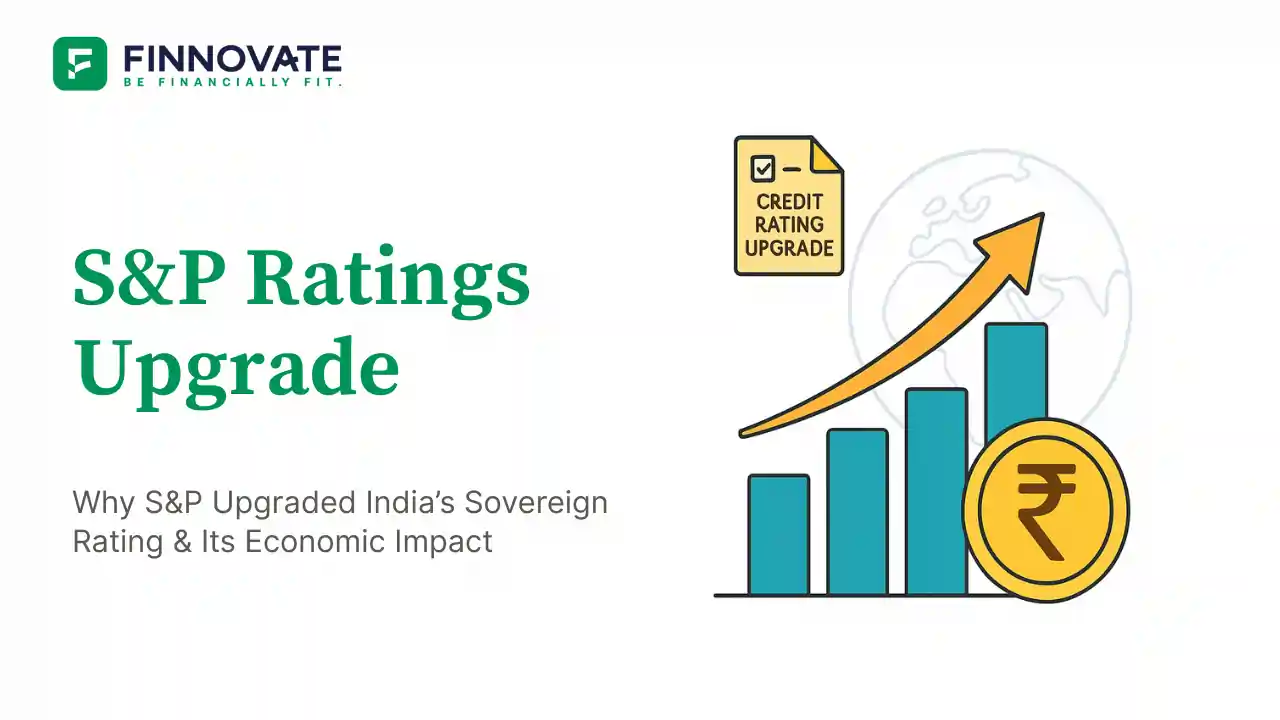
By

In a surprising yet significant move, Standard & Poor’s (S&P) upgraded India’s sovereign credit rating from BBB- to BBB with a Stable Outlook. For India - the world’s fourth-largest economy - this marks an important shift in how global markets view its resilience and growth potential.
While the upgrade had been long overdue, the timing caught many off guard. Just weeks earlier, the U.S. imposed steep tariffs on Indian goods, coupled with harsh remarks about India’s economic outlook. Against that backdrop, S&P’s recognition of India’s fiscal discipline and growth momentum sends a powerful message.
Sovereign ratings matter because they influence investor confidence, borrowing costs, and international trade deals. So, what does this upgrade mean for India, and why does it matter now?
India’s previous rating of BBB- was just one notch above speculative grade. This seemed unfair considering:
Yet, the upgrade also arrived at a surprising moment - soon after U.S. tariffs were imposed, and when global sentiment about India’s trade vulnerabilities was skeptical. This contrast highlights why the timing has generated buzz among economists and businesses alike.
S&P’s note mentioned three major drivers behind the decision:
India has consistently posted high growth rates while keeping fiscal deficit under control. This balance between expansion and discipline reassured global investors.
India’s record-high foreign exchange reserves and relative stability of the rupee provided confidence that the country can withstand external shocks.
Inflation management has been one of India’s success stories. Keeping consumer price inflation within or below the RBI’s target range enhanced the credibility of its macroeconomic framework.
This move by S&P has multiple implications:
The upgrade gives India stronger credibility to weather short-term global shocks such as tariff wars or capital outflows.
An improved sovereign rating typically reduces government bond yields. This has a trickle-down effect in lowering the cost of borrowing for businesses and consumers alike.
With the upgrade, Indian companies can access global bond markets at more competitive rates. This is crucial for capital-intensive sectors like infrastructure, manufacturing, and technology.
While the upgrade is positive, India must ensure that it converts this window of opportunity into long-term structural gains:
Simply put, the rating is not the final goal - it is a signal that global markets recognize India’s fundamentals. The real task lies in sustaining this trajectory.
S&P’s sovereign rating upgrade is both overdue recognition and a timely buffer for India. It validates the country’s fiscal discipline, forex strength, and inflation control while giving it a stronger voice in global economic negotiations.
Now, India must ensure that this upgrade translates into lower borrowing costs, more global capital flows, and stronger trade resilience. The ball is firmly in India’s court.
Want to understand how global economic shifts affect your investments? Connect with our financial specialists today to create a portfolio that’s resilient to market changes.
Disclaimer: This article is for informational purposes only and does not constitute financial advice. Please consult a financial advisor before making investment decisions.
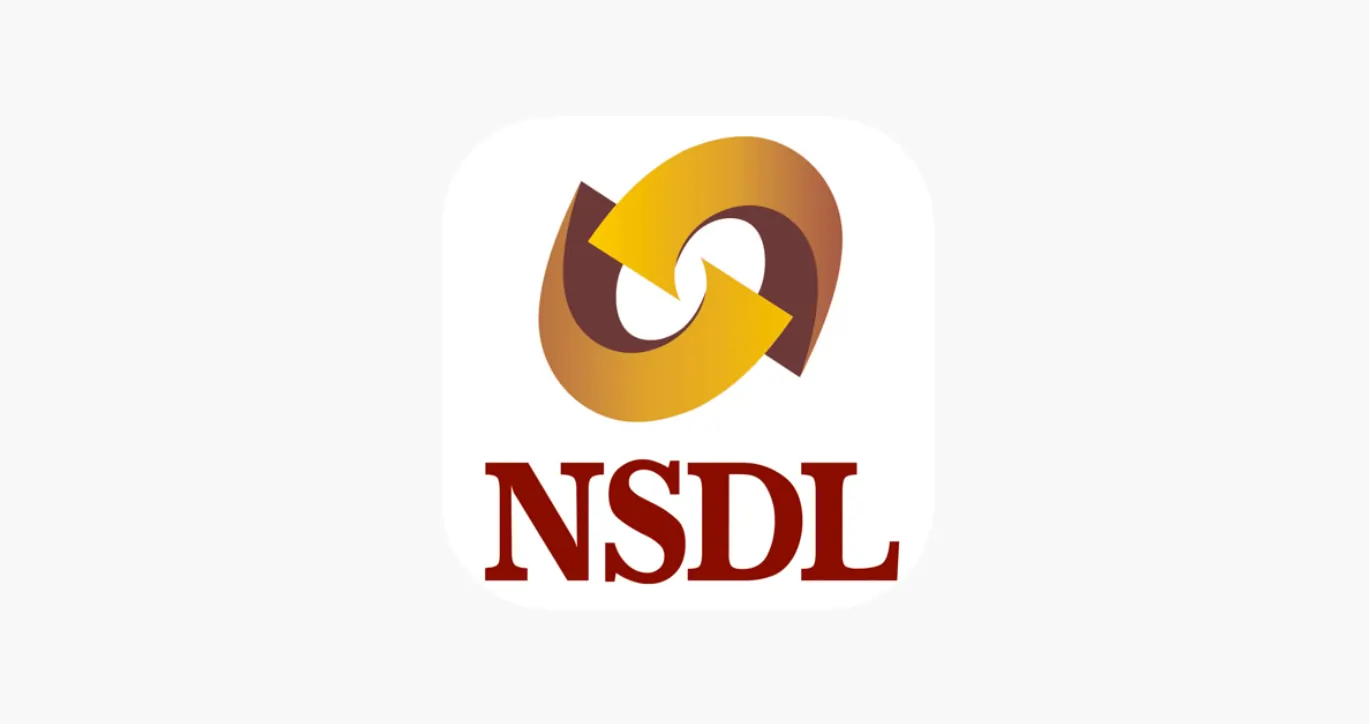
Learn how to easily download your NSDL CAS Statement in PDF format with our step-by-step guide. Follow our instructions to log in to NSDL e-Services, download your account statement, and subscribe for
Read Full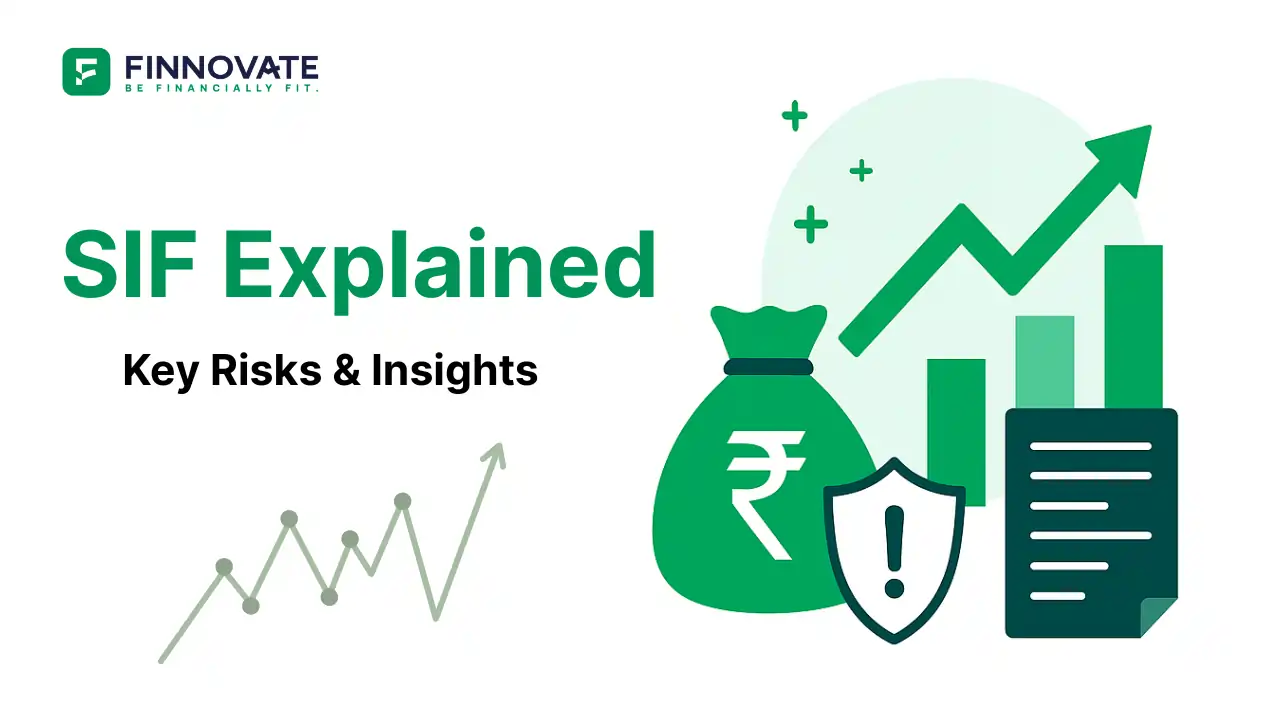
Explore what Specialised Investment Funds (SIFs) are, their benefits, taxation, minimum investment, how to invest, how they compare with mutual funds and PMS and latest developments in SIF space
Read Full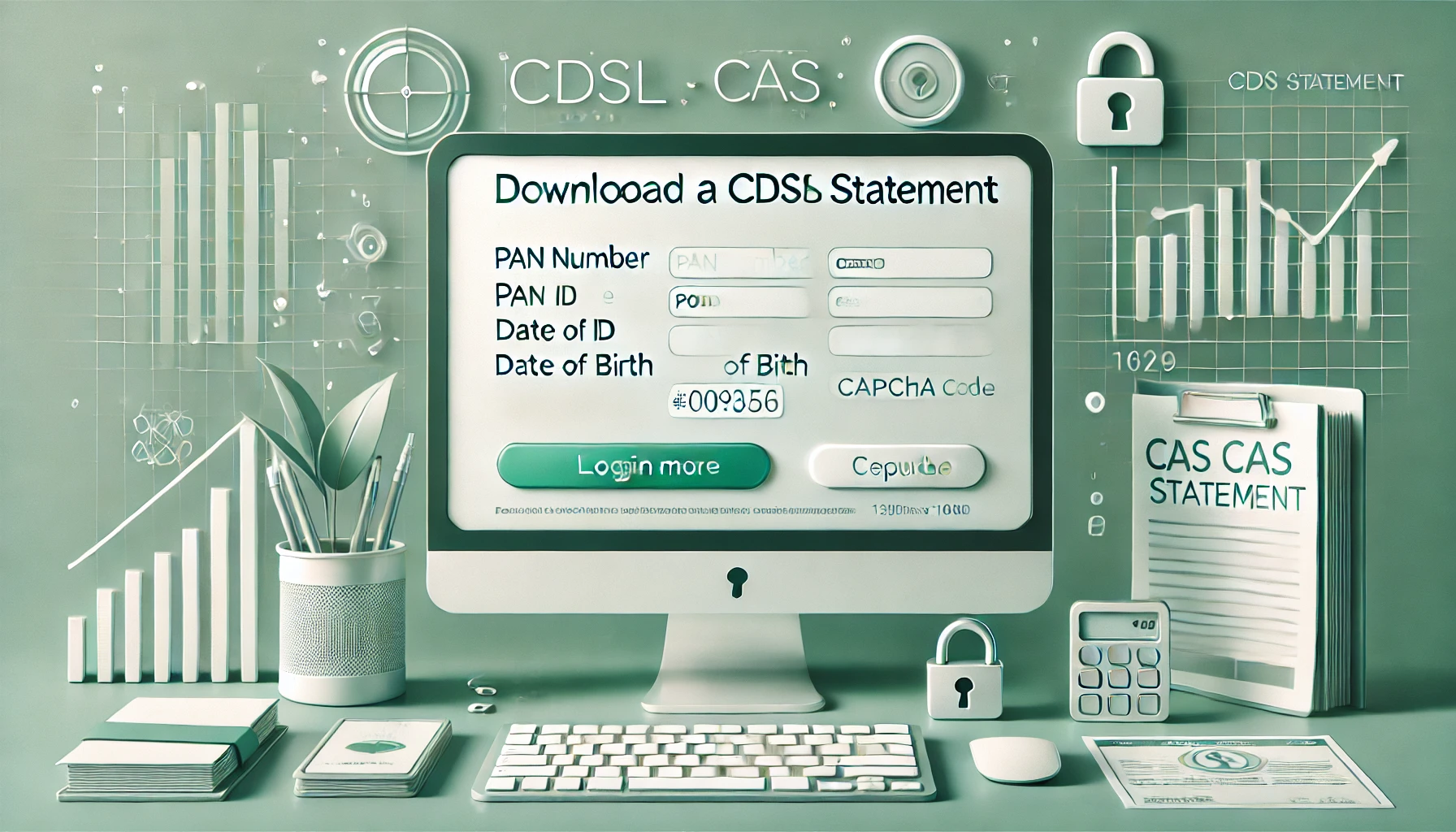
Learn How to Download Your CDSL CAS Statement with our step-by-step guide. Easy instructions for accessing your investment details online.
Read Full
Analyzing the potential economic impact of the 2025 India-Pakistan conflict on India's GDP growth, manufacturing sector, and foreign investment.
Read Full
Looking for the best financial freedom books? Here’s a handpicked 2025 reading list with summaries, why to read, and who it's best for.
Read Full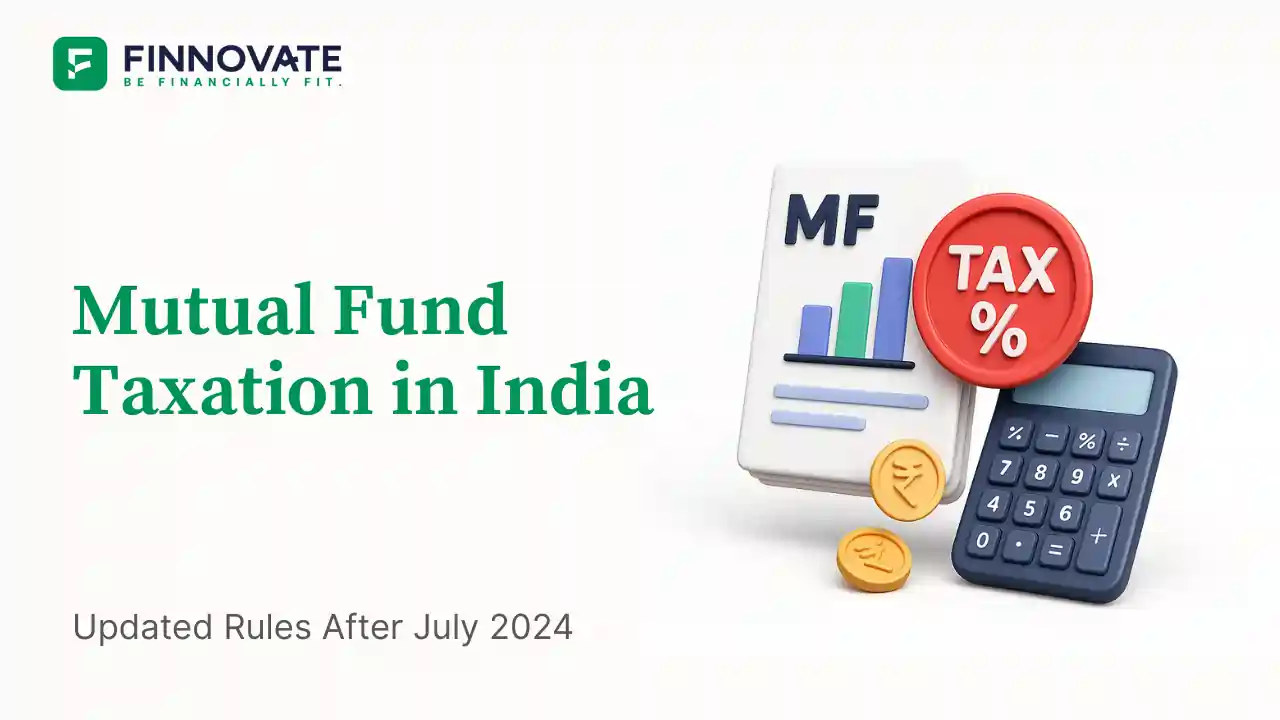
Clear guide to mutual fund taxation in India for FY 2025–26 after July 2024 changes: equity STCG 20%, LTCG 12.5% with ₹1.25L exemption, debt/hybrid rules, dividends, examples, tables, and FAQs.
Read Full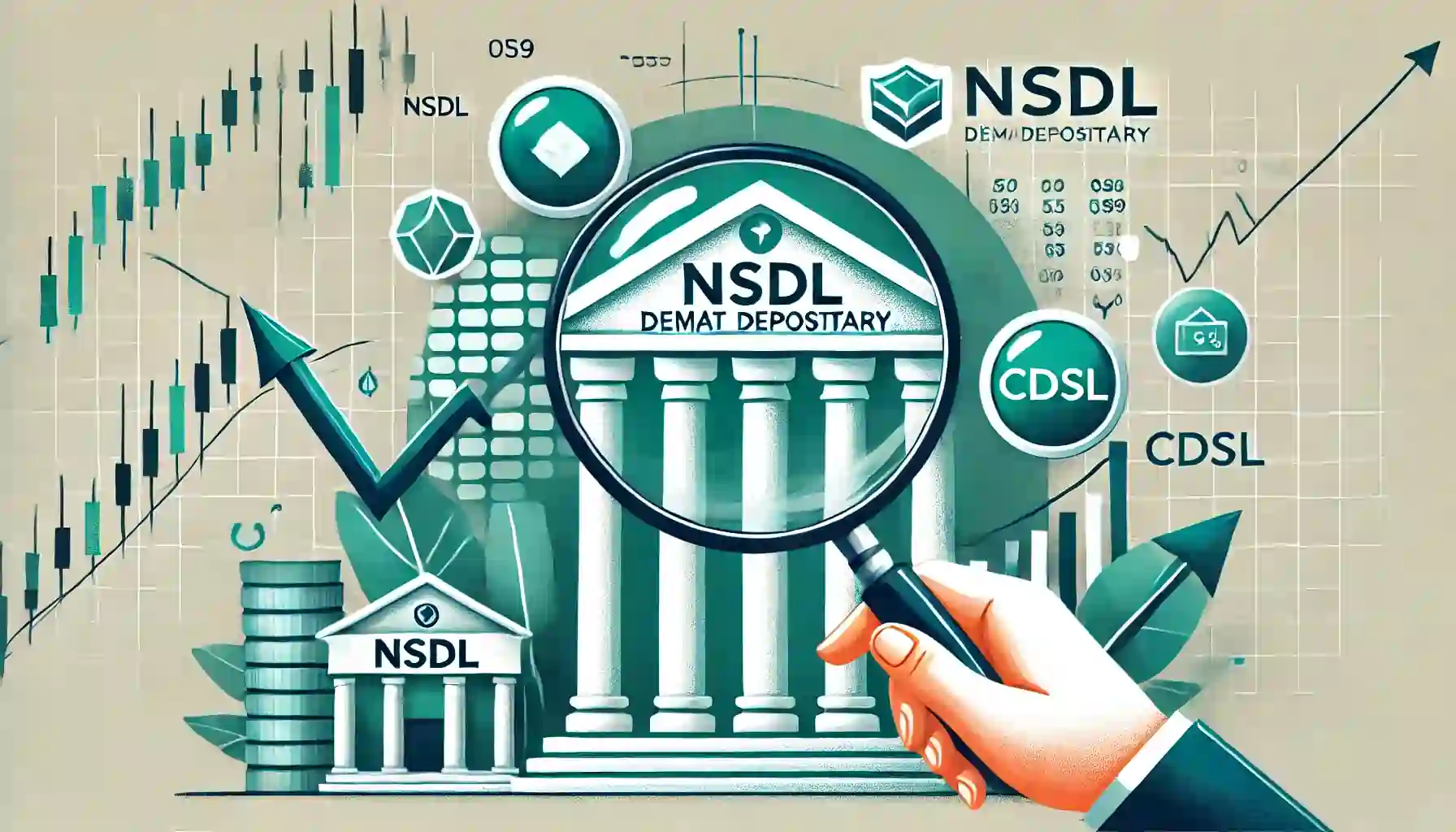
Determine if your Demat Depositary (DP) is NSDL or CDSL easily. Follow our guide to check using broking platforms or Demat account number formats
Read Full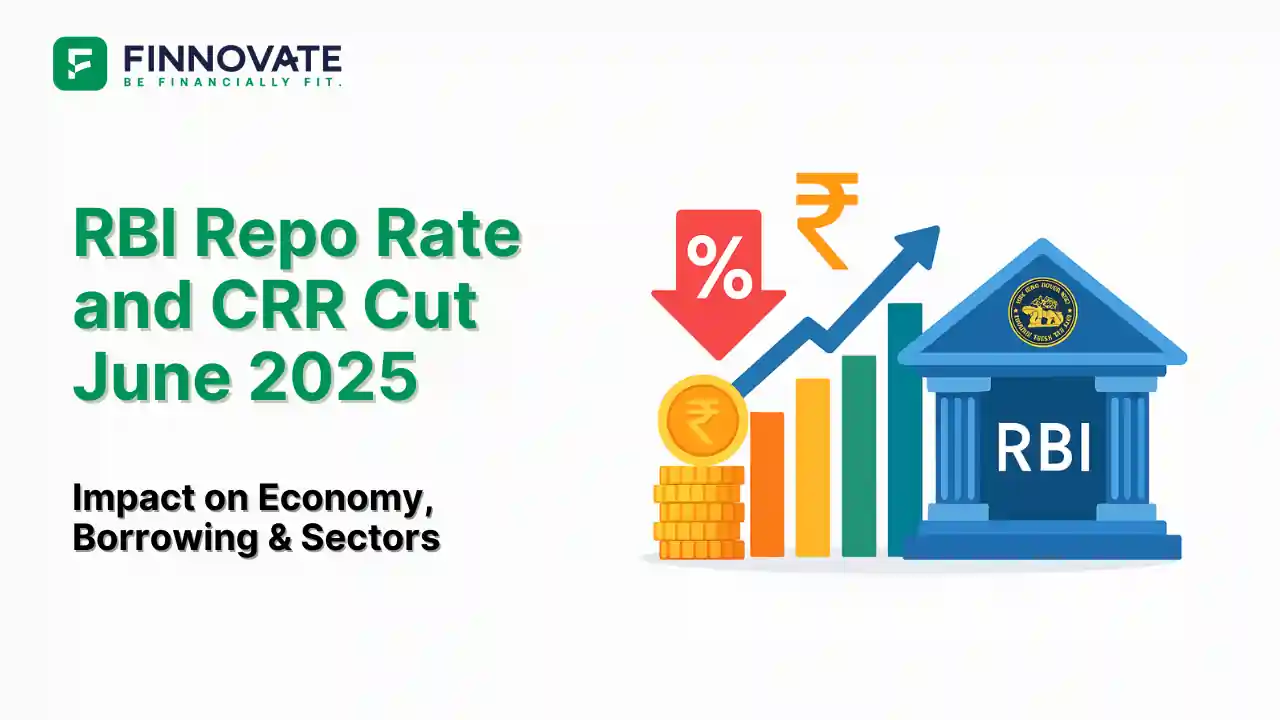
RBI cuts repo rate by 50 bps and CRR by 100 bps in June 2025 to boost growth. Learn how it impacts inflation, borrowing, sectors, and market trends.
Read Full